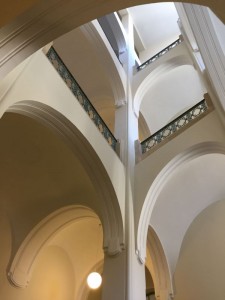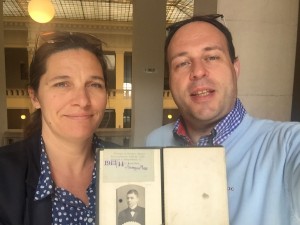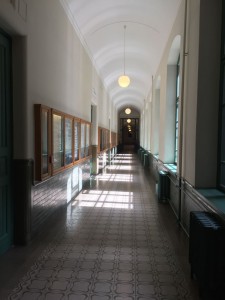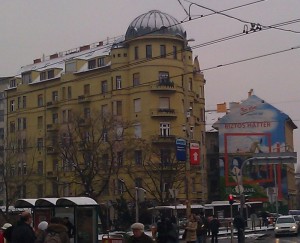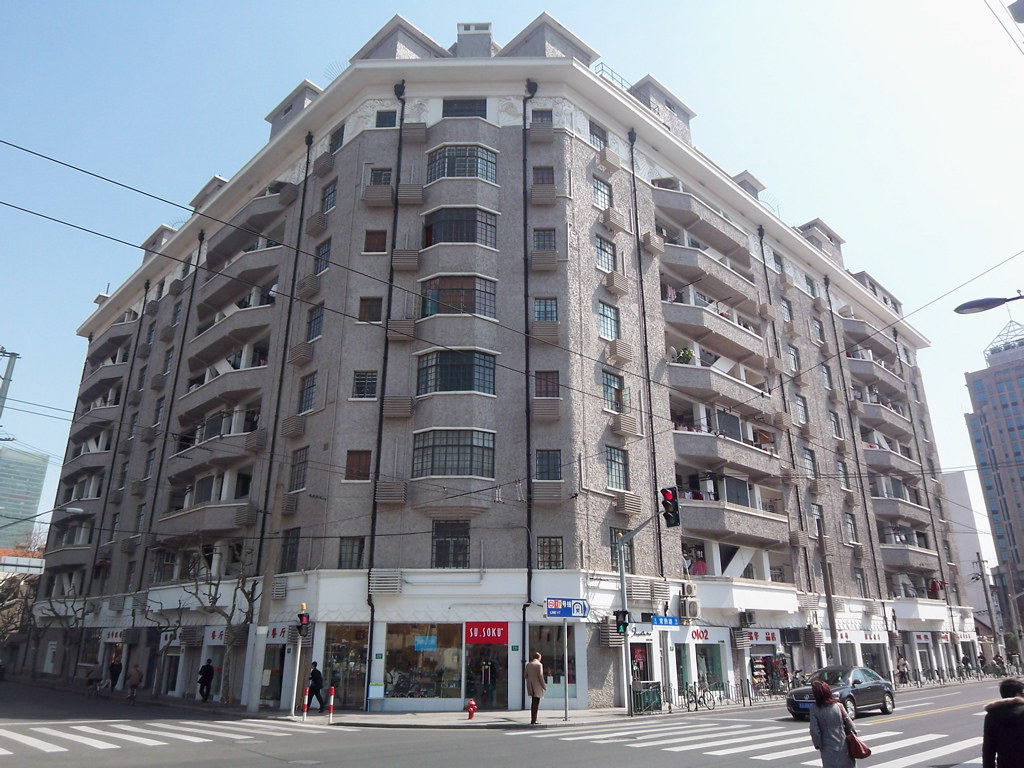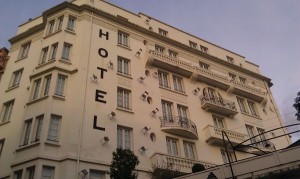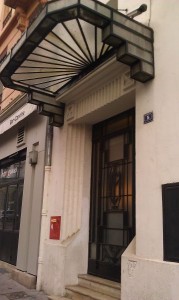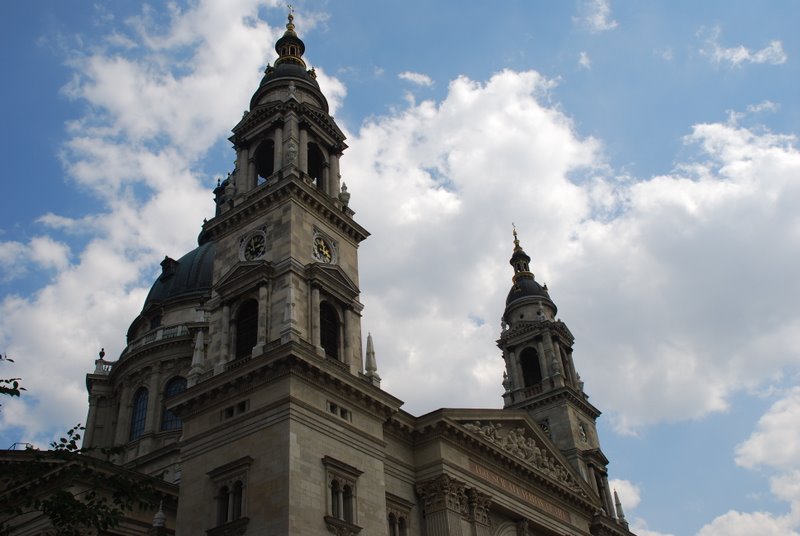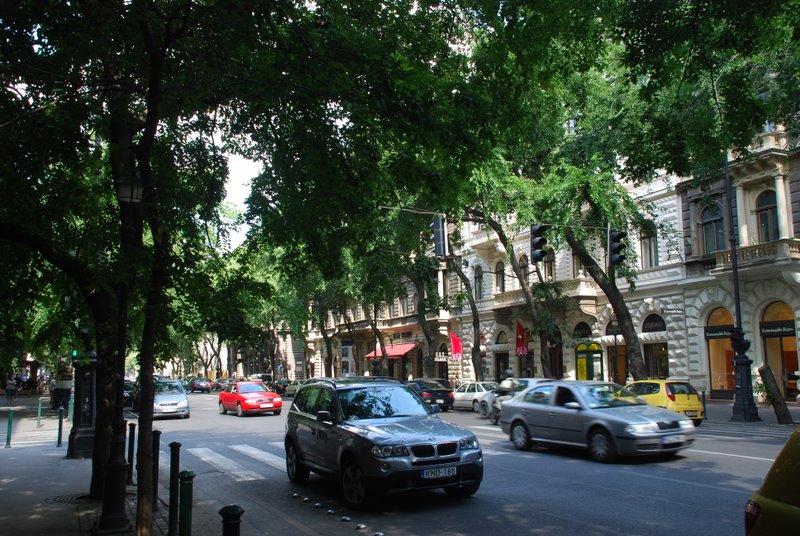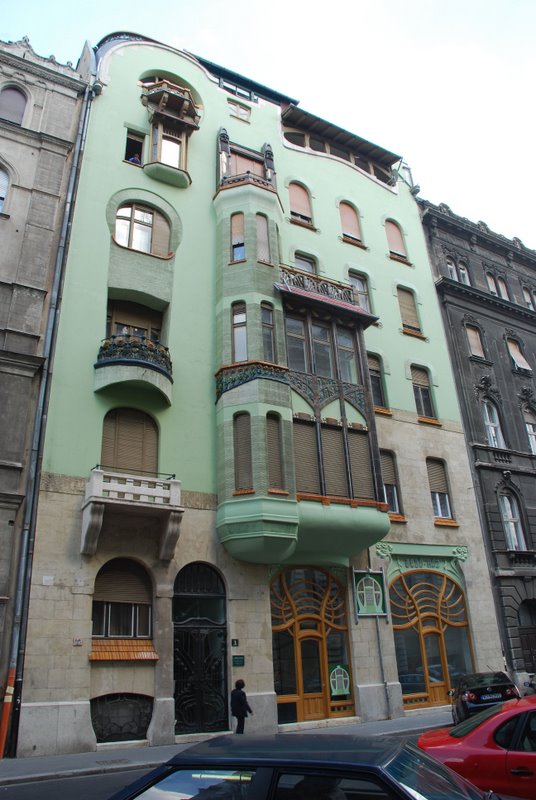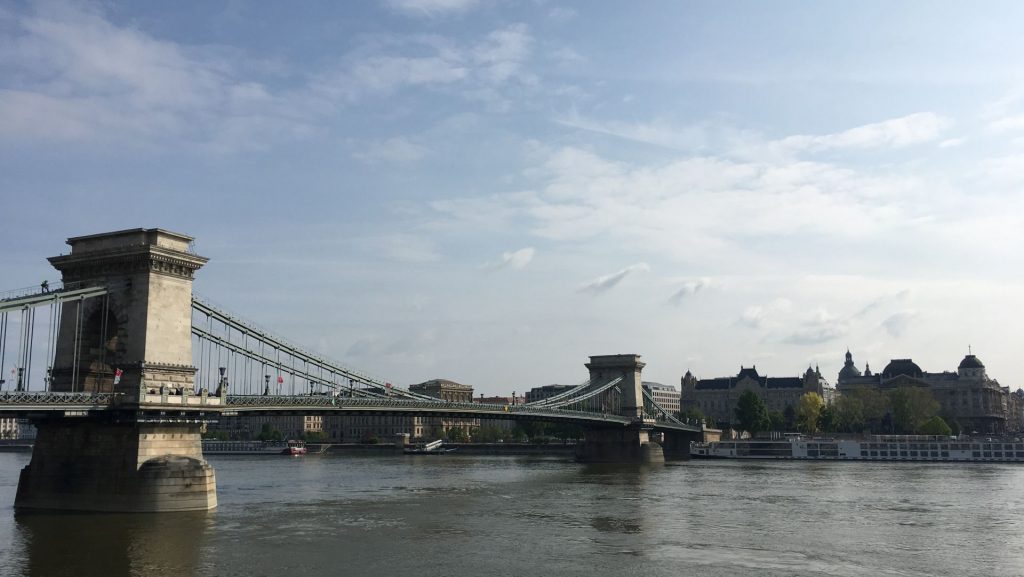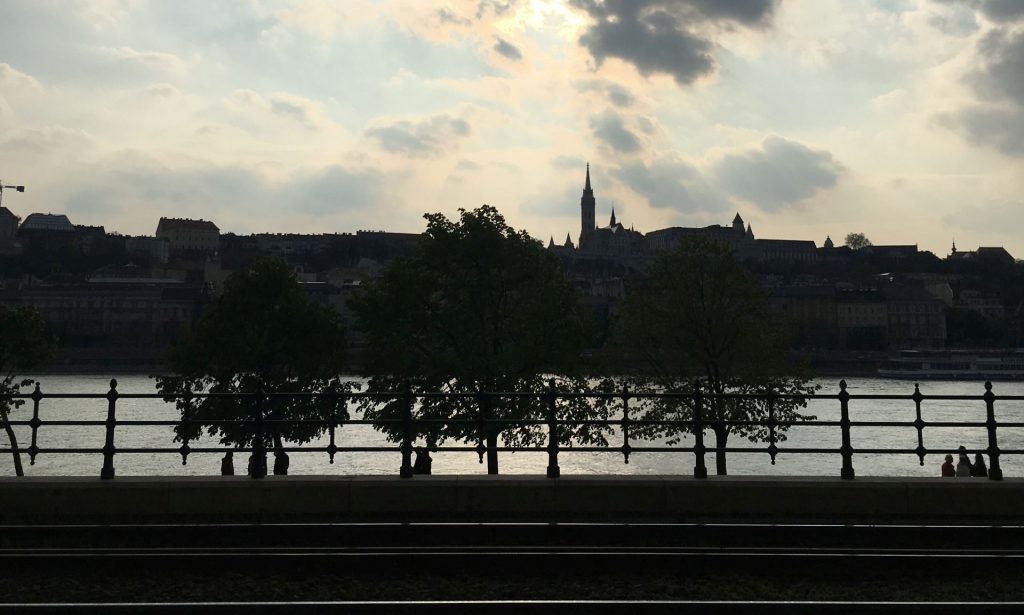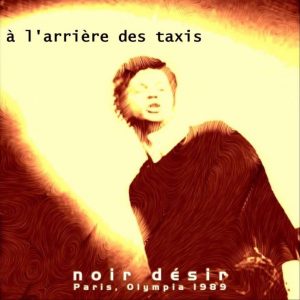I only became interested in Art Deco in Shanghai, long after leaving Budapest where I lived for a number of years (see post “Budapest Old and New“) . Just like in France, Art Deco was until recently seen as a minor style, often enclosed in the “Entre- deux guerres” period (Literally “between the 2 wars”), see post “Art Deco in France” for more on that. During my previous trip to Budapest, I was looking for Hudec connection in Budapest (see post “Hudec Alma Mater“. This time I walked around the city in search of Art Deco.
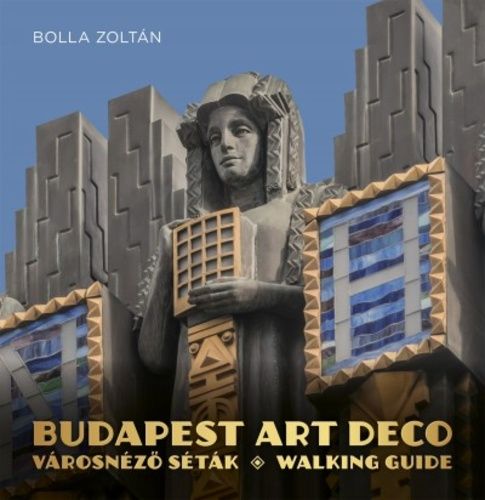
The search was greatly helped by a great guide book, from Zoltan Bolla, that is both in English and Hungarian. I had already looked for Art Deco in Budapest districts where I used to live in (mostly 6th, 7th), including UjSzinhaz theater, that is on the guidebook cover. This time I went to the 8th, 11th and 13th districts, parts of the city I never really visited while living there, but main points of Art Deco and modernist style. The border between Art Nouveau, Art Deco and modernism are often blurry and Budapest is no exception. This made a really interesting trip.

8th district
This area is pretty central, and Art Deco buildings are spread between earlier styles building. I focused on Népszínház utca, from Blaha Lujza Tér. The largest and most noticeable building on that road (though not the only onw) is pictured above, a beautiful and massive corner building. Although it is very central, the area was not very desirable when I lived in the city. This has massively changed and it is transforming fast.
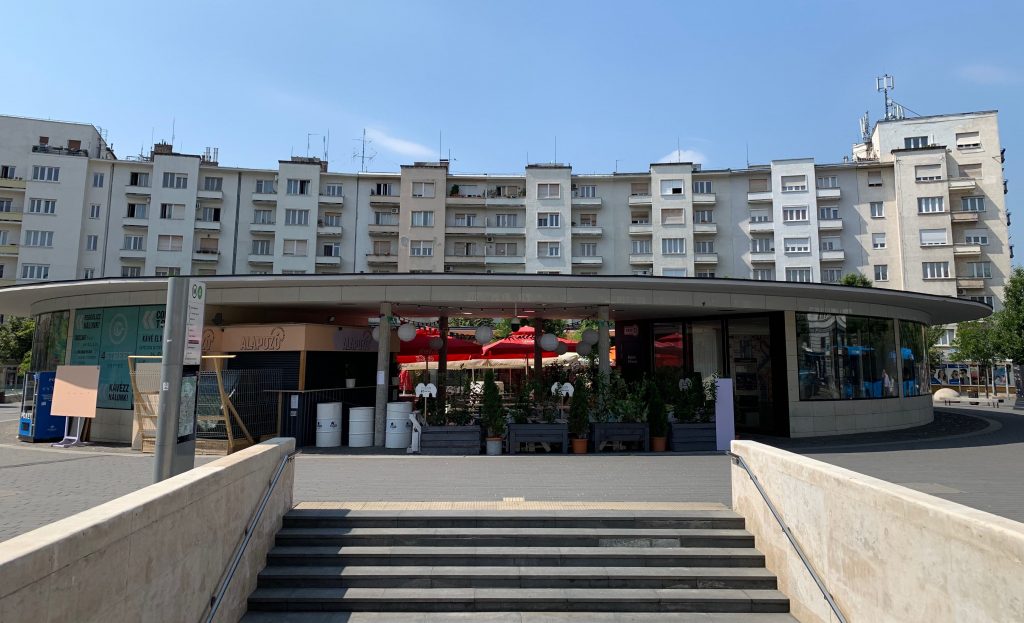
11th district
Spending most of my life in Pest, I rarely went to Buda, the other side of the river. This is the home of one the main Art Deco et modernist area, around Móricz Zsigmond Körtér, with its large modernist buildings (picture above). I always felt that this part of the city was mostly about large boulevards, but strolling the small side streets looking for Art Deco completely changed my impressions on the area.
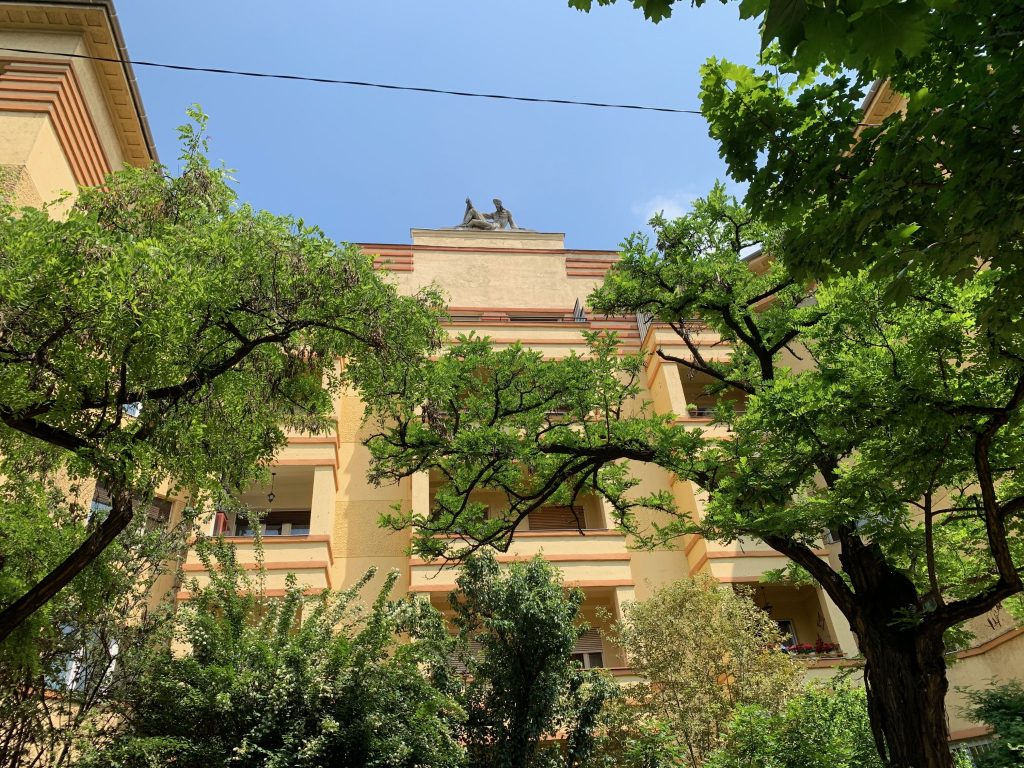
Small leafy streets with Art Deco buildings, like Szábolcska Mihály utca (number 3 on that street is pictured above) are really quite, with a high concentration of Art Deco and modernist buildings, as this part of the city was really developed in the late 20’s and 30’s. Away from the traffic, but close to transportation, they make a really nice area to live, away from the tourist crowds.
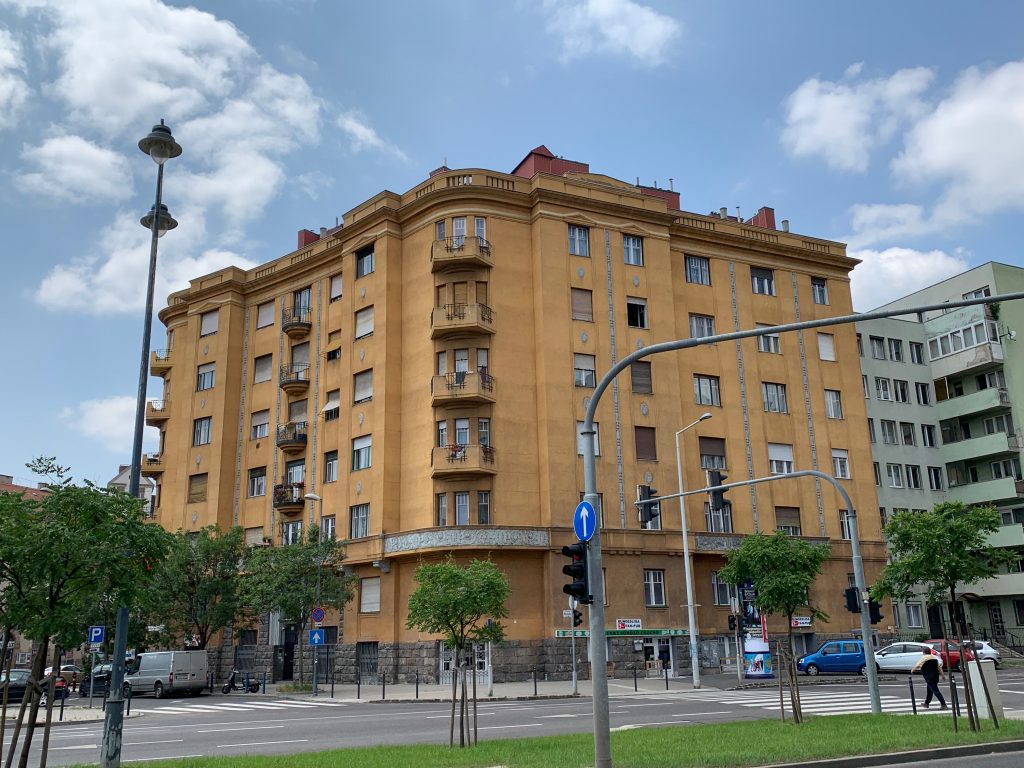
Further down Bartók Béla út, around Kosztelányi Dezsö Ter, Art Deco and modernist buildings are much larger, overlooking large boulevard. This gives a much more urban and modernist feeling.
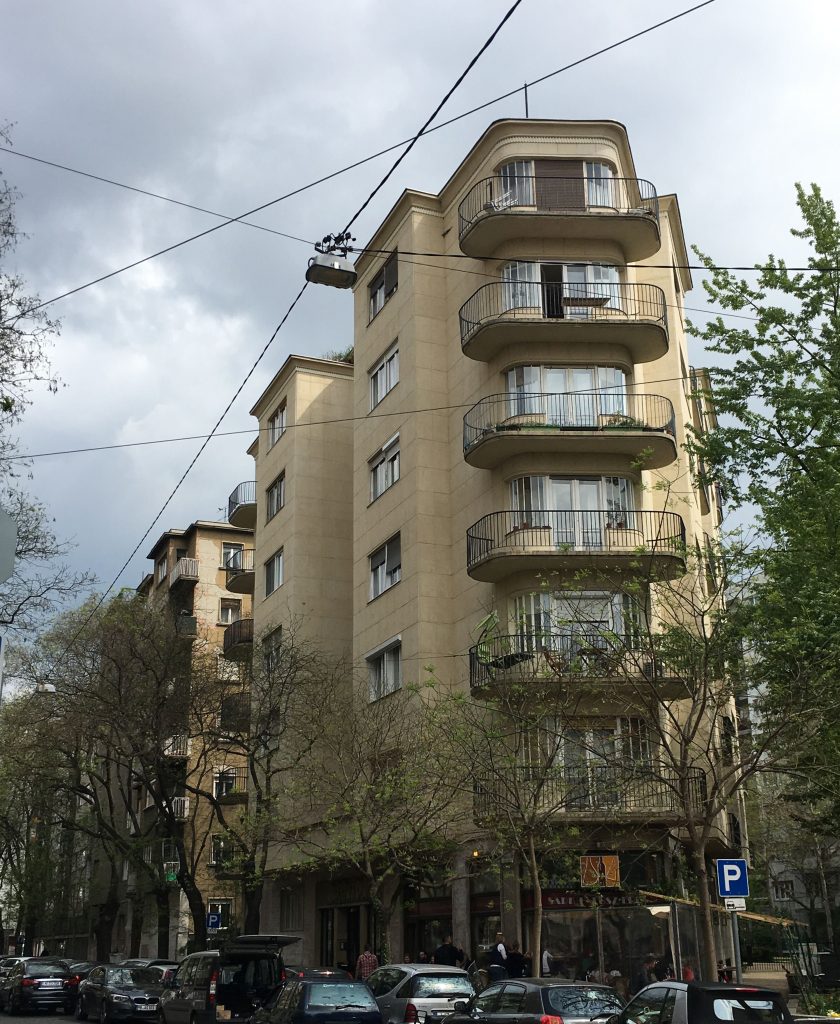
13th district
Although I lived in that area at some point, I only realized many years later that my flat was located in a modernist building from the 1930’s. This part of the city has quite a mix of buildings, including art Nouveau, Art Deco and mordernist. The most noticeable Art Deco part is surely around Szent István Park (above picture). This is also the location of Duna Park Kaveház, a fully renovated Art Deco Cafe and restaurant. A great spot for a rest while on the hunt of Art Deco in Budapest.

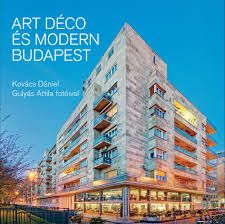
Another really valuable guide about Art Deco and modernism in Budapest is the new guide book from Kovács Daniel, with pictures from Gulyás Attila. Although, it is only (so far) in Hungarian, the English translation will be a great addition for international Art Deco lovers.
